Our Wattle Series of InitiaLit Readers are excellent for Year 1 and 2 students who need more practice in applying phonic skills (decoding).
The newest addition to the InitiaLit Readers, the Wattle Series is a simpler set of books for Levels 10-16. These delightful decodable readers are carefully sequenced and structured to encourage children to use good reading strategies from the start.
Get to know some of the authors and illustrators behind the Wattle Series here.
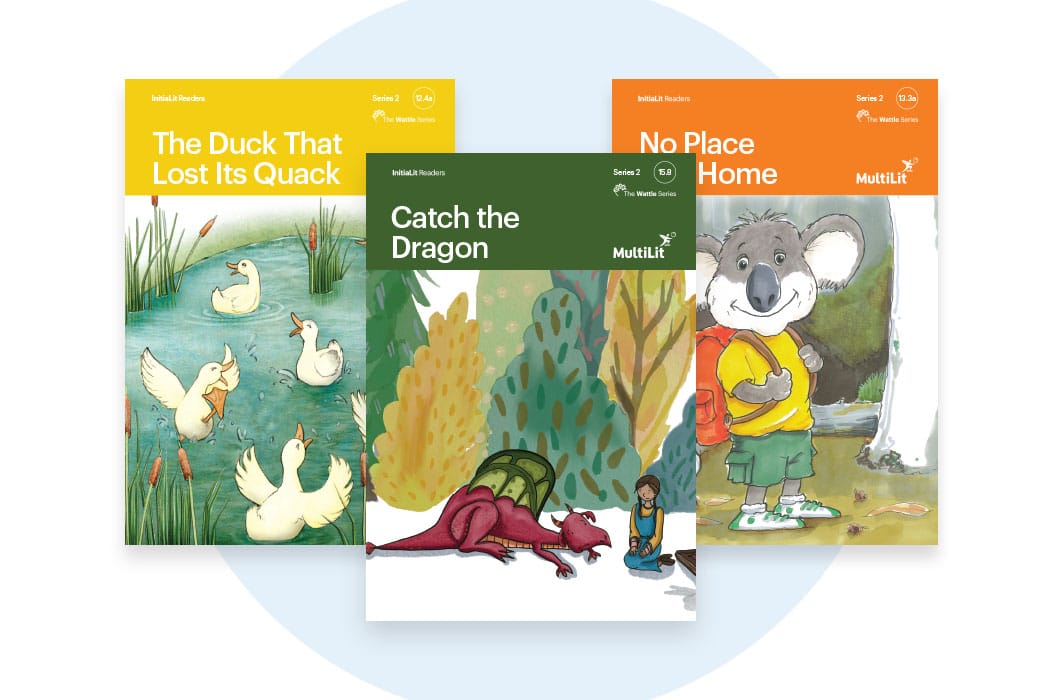
Drew Grant
Illustrator
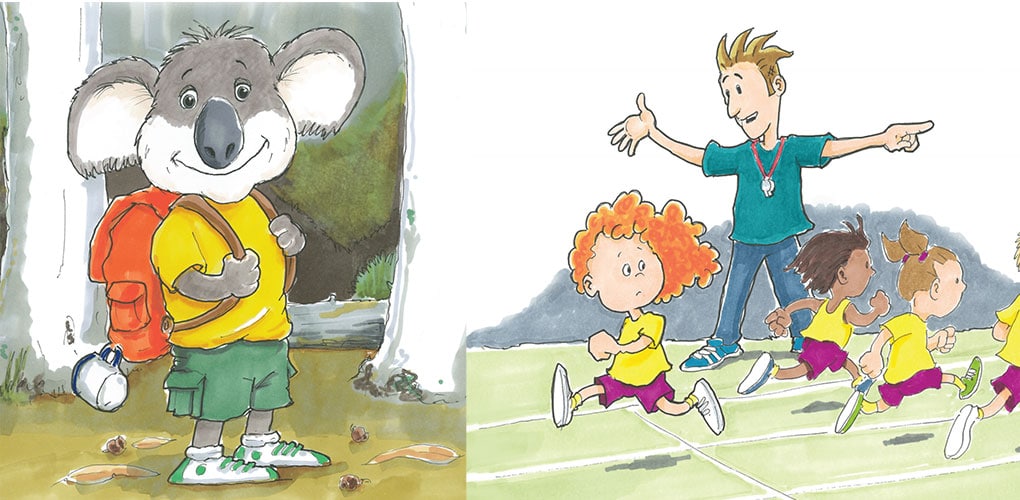
How long have you been illustrating for MultiLit?
I started illustrating for MultiLit in April this year. An incredible illustrator I had been introduced to via a Facebook illustration group contacted me asking how I’d feel about being referred to MultiLit as an illustrator for readers. Having seen examples of my work over a few years, she thought it would suit the style of books MultiLit produces. I was thrilled with the idea.
What’s your favourite InitiaLit Reader you’ve illustrated?
I think Jess Loves To Read is probably at the top of my list. I have a daughter of a similar age to Jess who also (spoiler alert) loves to read. The story had several pages where there was room for some fun images and humour, which makes it really enjoyable to illustrate, and hopefully to read.
Was there a picture book (or other book) that made an impression on you as a child?
In my mid-primary school years I loved the Encyclopedia Brown series by Donald J. Sobol. The boy detective inspired me with his crime-solving, one-chapter mysteries. In later years, sticking to the detective theme, I loved the Hardy Boys series – a little older and more serious take on boy detective stories. I am also a fan of Asterix and Obelix. The clever wit and endearing characters are something that can be appreciated by a broad range of readers of almost any age.
Are there any particular artists you admire today?
Access to the internet provides the opportunity to see the work of so many artists. It’s wonderful when you see the work of people that aren’t far from home, mixed up with people from all over the world.
In the area of children’s book illustrators, I’m very fond of the work of Mick Inkpen and Stephen Cartwright. More locally, and also working with MultiLit, the work of Heidi Cooper Smith is always impressive. Penelope Pratley does some really fresh-looking open work in soft colours that carry a wonderful air of innocence. Further afield, and from another era, is the wonderful work of Norman Rockwell, whose characters, humour, expressions and wonderful storytelling fascinate and warm the viewer. Rien Poortvliet, famous for his Gnomes books, was a wonderful illustrator of wildlife. I can look through his book The Ark over and over again and never cease to be amazed at his skill.
How would you describe your illustration style?
Put simply, I suppose my illustrations could be described as cartoon-like. If there is enough time, and if it suits the purpose of the piece, I love to include lots of detail, where the image contains little things to see and find.
Putting a sense of fun into a drawing is also really important to me, although some of them contain the more difficult sentiments of grief and sadness, which all make up part of our journey.
How do you create your illustrations?
Before starting work, I read through the manuscript of the book, which has descriptions of the desired image for each page or spread alongside it. After sketching out a few roughs, I send them through for review. This is important to ensure the character drawn fits the age the author has in mind to relate to the reader. For example, characters may need to look a little younger, or have shorter noses than in the initial draft. At this stage, the publisher engages with the author who may suggest alterations.
I usually draw with real pencils, pens and other media, then scan the work and do basic tidying up in a digital art program.
Colette Read
Author
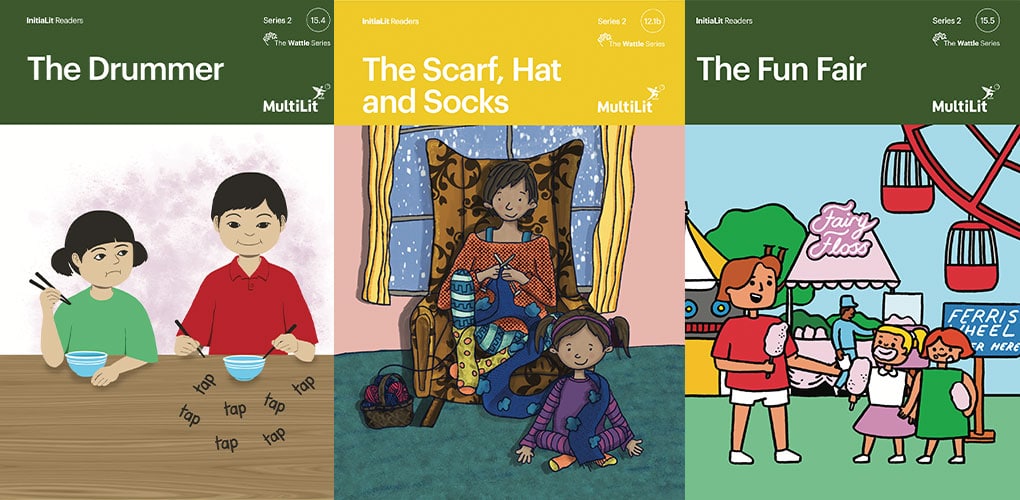
How long have you been writing for MultiLit?
I have been writing readers for the last 5-6 years.
What’s your favourite InitiaLit Reader you’ve written?
Probably the Year 1 Reader, Groovy Haircuts. I love to include humour in my books. This story seemed so easy to write and the illustrator did a wonderful job of highlighting as well as adding her own humour.
My favourite reader in the Wattle Series is Frog’s Pond. The illustrator beautifully depicted the story of a frog learning how to accommodate and enjoy newcomers to his pond.
Was there a picture book (or other book) that made an impression on you as a child?
I remember being mesmerised by Maurice Sendak’s Where the Wild Things Are. I loved Max and his wild tribe even though I found the pictures a little scary.
Are there any particular authors you admire today?
I have always been in awe of authors such as Oliver Jeffers and Julia Donaldson. Their ideas are so clever and intriguing for children. (And adults!) The language is lovely to read.
How do you create the readers and the concepts for them?
Decodable readers need to, for the most part, include words that the children will be able sound out. We want children to be successful when they start out applying their phonic strategies to read books. So our stories start with the words we can use.
However, we are committed to writing stories that are ‘in the child’s world’ and motivating for beginning readers. We include lots of humour, mischievous animals, food and other high-interest topics. We include non-fiction about our natural environment (e.g., animals, plants, weather), the built environment (e.g., trains) and human society (e.g., festivals). We trial them in classrooms to get the opinion of experts (i.e., children) and seek advice from early childhood and primary educators.
What are some of the benefits of pictures/illustrations for helping children learn to read?
Pictures provide a wonderful extra dimension to children’s text and complement the reading experience. Our talented illustrators bring the characters and stories to life with delightful humour and warmth.
MJ Boaretto Pureza
Illustrator
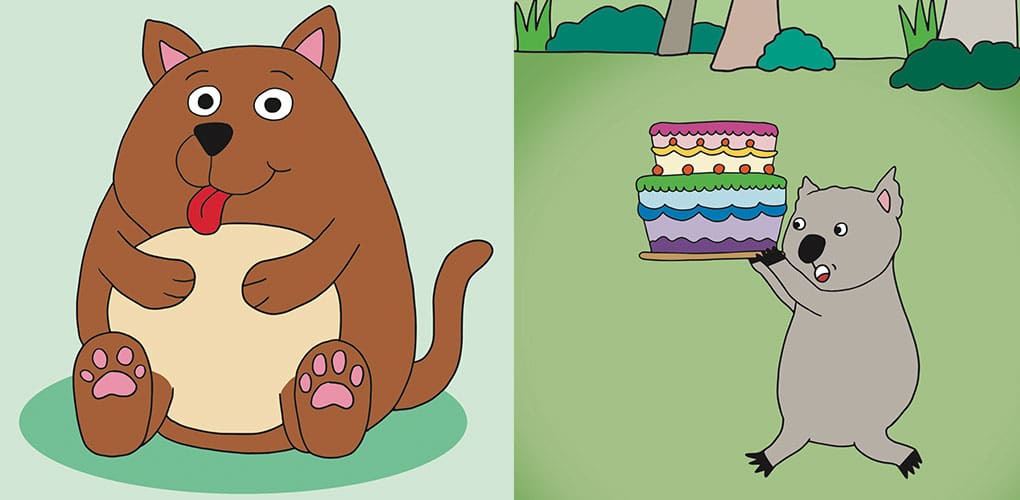
How long have you been illustrating for MultiLit?
I’ve been illustrating for MultiLit since 2017 and have loved being able to bring these stories to life!
What’s your favourite InitiaLit Reader you’ve illustrated?
From this series: Space Friends. The messages in this story are really sweet — meeting new friends and helping them out. It was fun and a little whimsical to draw happy friends from outer space, plus a jar of stardust.
From a past series: The Mess. I really got to be creative drawing all the toys and mess! This is also my four-year-old nephew’s favourite. When I read this to him it was great to see how captivated he was by the story and had fun spotting all the different toys along the way.
Was there a picture book (or other book) that made an impression on you as a child?
I used to devour picture books as a child! I adored many different ones including:
- Herman the Helper by Robert Kraus for its bright, happy and simplistic illustrations.
- Bear Hunt by Anthony Browne for the fantastical gardens and beautiful sketchy linework.
- I’ll forever have a soft spot for Disney’s 1951 Alice in Wonderland (Little Golden Book). Alice’s journey being brought to life with the creatures, colours, the flower scenes — I love it all.
Are there any particular artists you admire today?
There are many amazing illustrators and artists (traditional/street/tattoo) I admire now and that list keeps growing as I discover them on Instagram. I especially love simplistic styles from Japan or vibrant art from Brazil. A few include:
How would you describe your illustration style?
Colourful, playful, positive, simplistic – with a touch of whimsy. I have a bright, cartoonish style and always intend to bring a little moment of happiness through my art.
How do you create your illustrations?
MultiLit authors always give me a lot of creative freedom. I am given a basic idea for the scene which I then sketch up on my iPad (in Procreate). I am also a graphic designer, so I instinctively consider the layout of the illustrations and text placement to find what will work best for each page. I share these rough sketches with the author to see if my vision matches theirs, then I bring it to life in colour.
I used to sketch everything with pencil and sharpie on paper, but since getting my iPad it’s been a much more efficient and fun process.
Heidi Cooper Smith
Illustrator
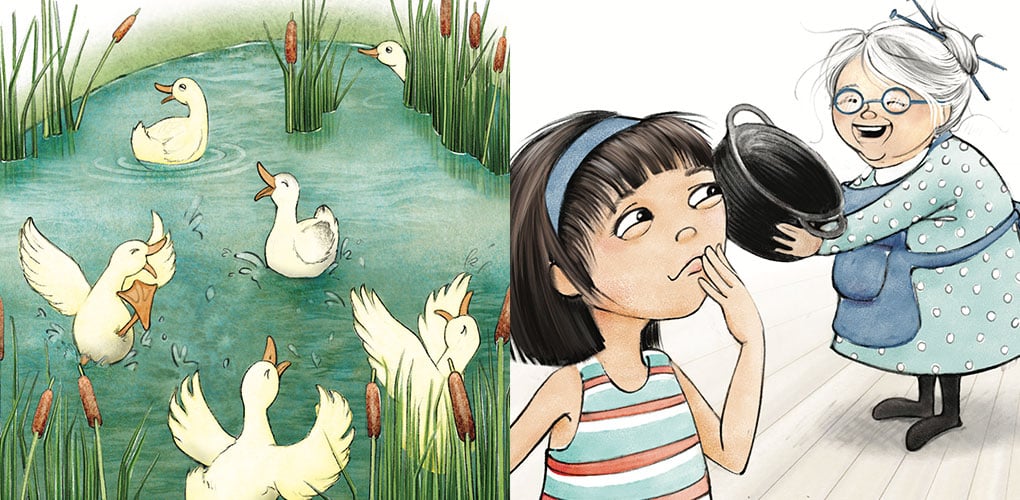
How long have you been illustrating for MultiLit?
I illustrated a picture book for MultiLit in late 2020 and a series of readers in early 2021.
What’s your favourite InitiaLit Reader you’ve illustrated?
Frog’s Pond was a really fun story to illustrate — so many different characters crammed into the one story, and I discovered I really enjoy drawing frogs in different poses!
Was there a picture book (or other book) that made an impression on you as a child?
The main story I remember loving as a kid was There’s a Monster at the End of This Book. I just loved feeling involved in the story. I know it’s silly, but I actually believed Grover was impressed I was turning those pages. I can see that same enjoyment with my own kids when they read stories that break the fourth wall.
Are there any particular artists you admire today?
My absolute favourite illustrators are Emily Gravett, David Roberts and Kate Hindley.
How would you describe your illustration style?
I’d like to think of my illustrations as emotive and playful. I work digitally now, but I still prefer the look of traditional illustration and try to emulate this in my work.
How do you create your illustrations?
There are very clear illustration notes for the InitiaLit Readers, which makes the process very simple and straightforward.